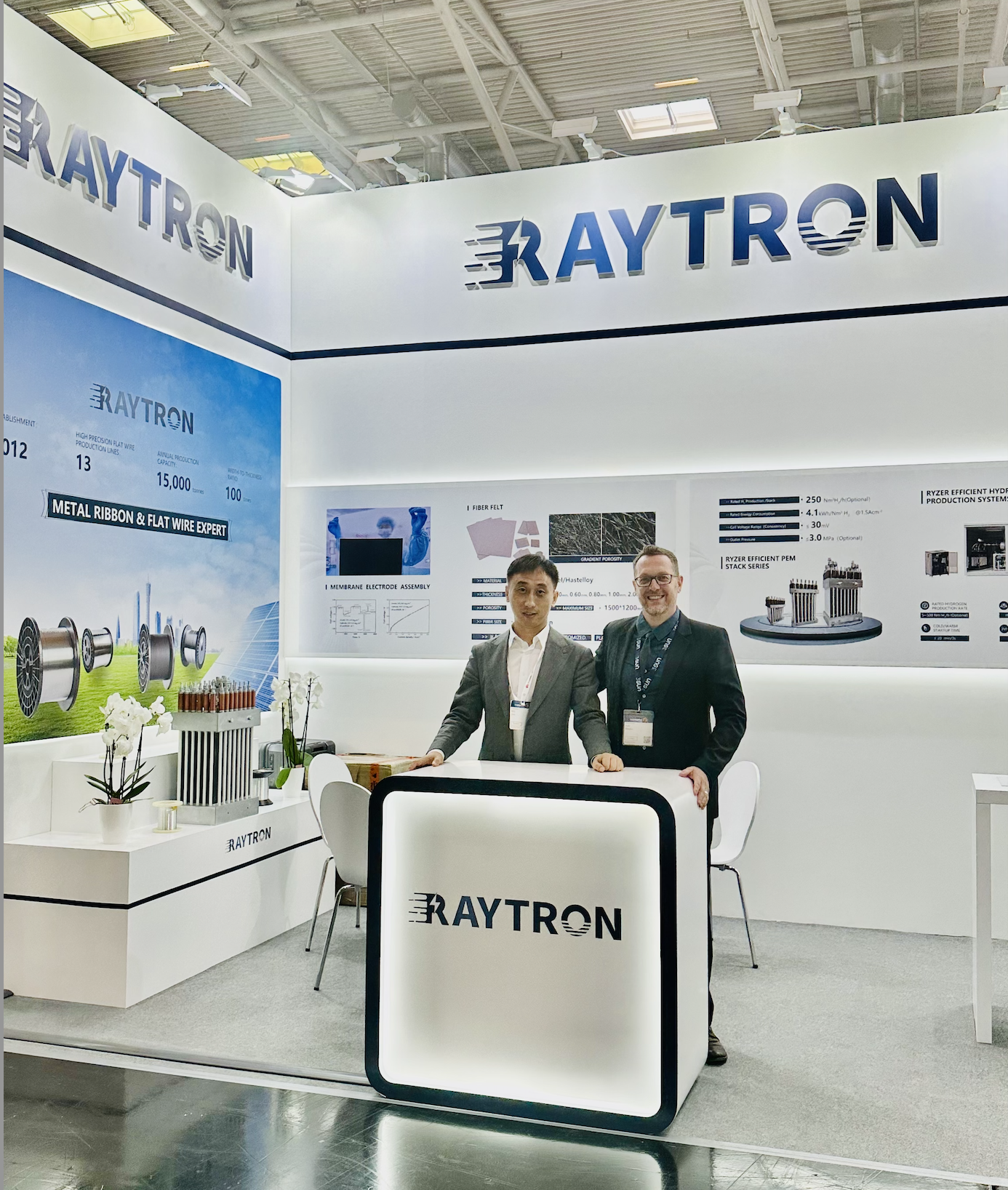
🔬 PEM Proton Exchange Membrane Electrolysis for Hydrogen Production Technology
Technical Principles, Industry Status, and Application Prospects
An in-depth analysis of the most promising clean hydrogen production technology
Why is PEM technology receiving so much attention?
PEM water electrolysis is considered the most suitable hydrogen production technology for the fluctuating input of renewable energy, making it a key technical path to achieving green hydrogen energy.
⚡ Comparison of Water Electrolysis Hydrogen Production Technology Routes
Based on the working principle and electrolyte, water electrolysis technologies can be divided into four types: Alkaline (ALK), Proton Exchange Membrane (PEM), High-Temperature Solid Oxide (SOEC), and Anion Exchange Membrane (AEM).
📊 PEM vs. Alkaline Performance Comparison
From a technical perspective, PEM water electrolysis technology features a high current density, small electrolyzer volume, and flexible operation, making it highly suitable for rapid load changes and better matched with the fluctuating nature of wind and solar power.
⚡ PEM Technology Advantages
🔋 Alkaline Electrolysis Features
🔧 Technical Challenges & Future Directions
Current Main Challenges
Although PEM technology has a promising future, it still faces challenges in cost, materials, and manufacturing processes that need to be overcome.
Cost Structure Analysis
🌍 Global Green Hydrogen Landscape: Europe, China & MENA
European Green Hydrogen Landscape
Chinese Green Hydrogen Landscape
MENA Green Hydrogen Landscape
Global Comparison: Europe, China & MENA
🌍 MENA Green Hydrogen Industry Overview
Hydrogen Developments in the MENA Region
Electrolyzer Capacity Planned (Top Projects)
Green Hydrogen Ambitions to 2030 (Mtpa)
Renewable Energy Requirements for Green Hydrogen (2030)
🔬 Hydrogen Production & Safety Deep Dive
Hydrogen Classification & Properties
Green Hydrogen Production Pathways
Hydrogen Safety Considerations

